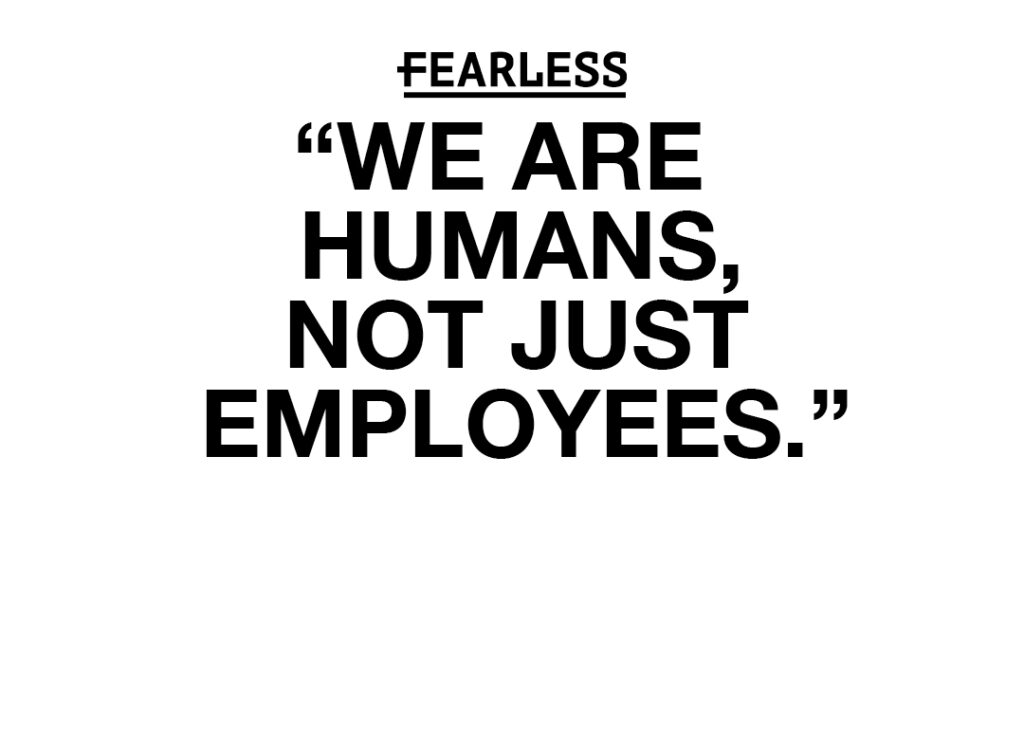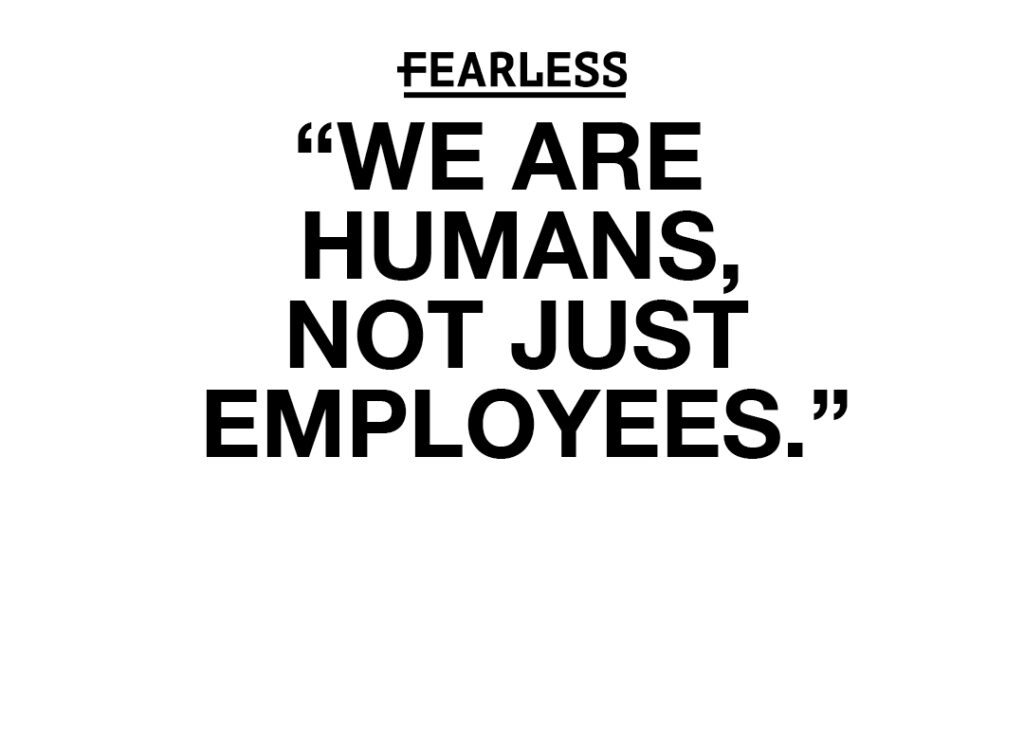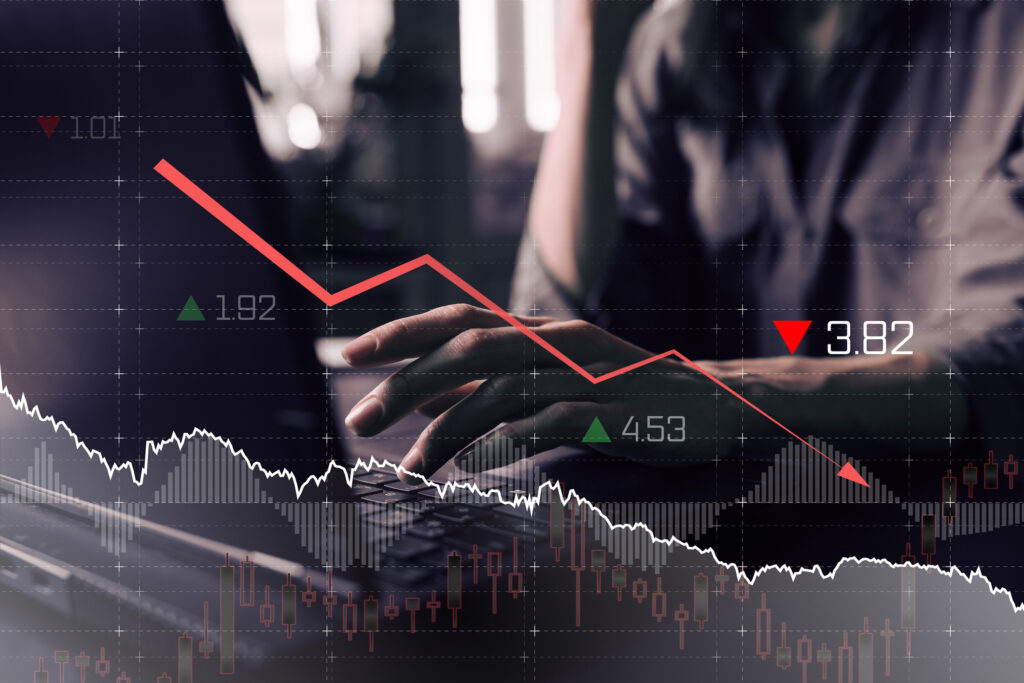After pause, merger and acquisition activity coming back strong

Michael Crumb Aug 4, 2023 | 6:00 am
9 min read time
2,058 wordsBanking and Finance, Business Record InsiderWhat investors and sellers have seen in transactions over the past year might best be compared to experiencing the loss of a relationship, those who work closely with mergers and acquisitions say.
The good news is they’ve come out the other side and are looking for a match.
Transactions have picked up again after entering into a period of doldrums in the second half of 2022 as interest rates and inflation peaked, and those who connect commercial buyers and sellers say the pipeline is strong and the uptick in activity that is being seen in the second half of 2023 is expected to continue into 2024 and beyond.
The Business Record spoke with some of those experts who put together those transactions to learn more about the state of mergers and acquisitions, what’s changed and what the future may hold. They include Eric Lohmeier, president and managing partner at NCP Inc.; Brett Peterson, vice president at NCP; Michael Abbott, partner with Faegre Drinker; John Mickelson, managing partner at Midwest Growth Partners; and Travis Sheets, vice president and general counsel at BH Cos.
Here are some of their responses, which have been lightly edited for length and clarity.
Describe the current culture surrounding the merger and acquisition market.

Mickelson: It’s been a great run with historically low interest rates. We had a “silver tsunami,” we call it, where you have demographics that are favorable with business owners looking to retire and inevitably some of them own a business, so it’s been a really favorable environment for a long time. That’s changed in the last year. Interest rates have gone up. Companies and consumers are pushing back on price increases, and then we had the Silicon Valley Bank fallout. So the environment has changed. Quality assets, so companies that are good companies and well run and well organized, they’re still attracting premiums, getting paid as much or more than what they’re worth. We’re still seeing a tremendous deal volume and then quality as well. We’re not getting a bunch of discounts, so it’s still a competitive environment where people are competing to purchase quality assets. If you’re a business owner, it’s still a good time to sell. If you’re a business purchaser, there’s still a lot of deals out there to be had.

Abbott: Up and through 2021, it was very much a sellers’ market. For our firm, 2021 was one of the busiest in deal volume and size that we’ve seen, and that was in an environment where sellers were getting very friendly terms and also very aggressive pricing. Then things slowed down. How I would describe the market now is one where it is a little more selective. Deals are certainly happening. Some are still competitive but not as competitive as they were. Pricing is still holding. It’s maybe softened a little, but what we’re seeing is sellers are being required to have more skin in the game. Buyers are getting more protections. Deals are taking longer because there’s more diligence.

Lohmeier: If you look at 2022, it looked a lot like 2019, because the first half of 2022 were all the hangover deals that literally didn’t have the human resources to get through 2021. You just had a bottleneck of deals that were inked in 2021 and finalized in 2022. Once we got through all the inventory, interest rates were now 4% or whatever and spreads were wider because banks were getting pressure. So what happened in the middle of 2022? It kind of all caught up with everybody. It’s costing more just on an interest rate, and my lending universe isn’t going to allow me to borrow as much as a percentage on that total value of that transaction. On the other side were sellers who were like, ‘What if I sold last month? I could have got 10 times the cash flow, and this month it’s 8¹/² times? I’m not going to discount my deal because I’m a month late.’ What that was was a buyer-seller impasse. Business was off 50% when you look at June ’22 to June ’23. So you had an almost 12-month pause. What we see has happened is almost the stages of grieving. You’re angry. Then you’re in denial. Then you’re back to anger. Then you get numb and then you ultimately get acceptance. I think that’s what we’ve seen … and buyers are now getting comfortable with the fact that they will have to pay more. That buyer-seller strike is turning the corner. Buyers are realizing they aren’t going to be able to steal a really nice business, but they’re not going to pay what they paid in ’21. And sellers are realizing ’21 was kind of an anomaly.

Sheets: I think you’re seeing some of those mega deals fall off, some of those public company deals fall off because the cost of borrowing has increased so significantly. So quickly. You have uncertainty about how the Fed’s reaction to inflation is going to impact things like consumer spending. People who are in their businesses and can see and forecast where they’re going and still have capital to invest want to go do it. Companies that don’t need to sell but want to sell or that have done a good job of maintaining or growing EBITA will sell and sell at high valuations. Those mid-sized, family-owned companies that are are still on the prowl and looking for attractive targets and still have the deployable capital to invest are less sensitive to the interest rate environment than acquirers, both strategic or financial, or ones that are taking multi-billion dollar risks.
Are there industries that are faring better than others?
Mickelson: Most are tied to food and agriculture. They are making staples that people use every day. The ones that maybe aren’t faring as well are technology and technology related.
Abbott: Food and ag remains hot. For a while, manufacturing. People were thinking about doing deals in that space, but maybe that has cooled a bit, and insurance and financial services because private equity is so interested in that space because it’s a way for them to get a platform to manage more assets.
Lohmeier: Anything touching infrastructure. Roads and bridges. Think about transmission lines and energy. If you’re making bets in M&A, everything that touches infrastructure is a great place to play.
Is there a pipeline there to sell?
Abbott: There are always business owners in Iowa, companies that fly under the radar, and at some point the question will be called. Iowa remains ripe for that opportunity for transition. The other thing is private equity has so much more of a footprint here in Iowa than it did 10 to 15 years ago, so I think that also opens up the door for potential buyers. I think it makes it easier for those deals to happen.
Mickelson: We look at over 100 deals a year, and the vast majority of them are small, family-owned businesses. There’s a great opportunity for those folks. There’s a lot of buyers for companies like that, including us, and there’s a great opportunity to sell right now.
Lohmeier: It’s going to be really good. That 12-month low, they’re kind of stuffing it into the back half of ’23 and even into ’24. It was like a light switch. All within the past three to four weeks is when all this pipeline stuff became like, ‘We’re ready to go.’ I think we’re going to be very healthy for M&A and you’re going to see a lot of transactions in Iowa. You’re going to see a lot of them in the Midwest, nationally and even globally.
Are there indicators people should be watching for how the M&A market will fare?

Peterson: Unemployment. And not just unemployment but also the labor participation rate. And I still think the savings rate is still critical. If we go negative or if the consumer starts to slow down, the discretionary stuff, like airlines and all those, hotels and cruise lines, that will probably be the first shoe to drop if we do hit a mild recession in the next 12 months.
Lohmeier: The unemployment rate to me is No.1. The savings rate is kind of a derivative of that, but it’s really important. We’re at 3-5% savings. If we get to 1-2%, it means the consumer is running out of liquidity. The other thing that we watch, and I watch this every day, is the five-year and 10-year Treasury. They are really key. If you look at borrowing base from a business perspective, that is your reference. Somewhere between that five-year Treasury and 10-year is what your borrowing base is going to be. If the 10-year stays above 4% and keeps climbing, that is not a good thing for the M&A environment.
Mickelson: Commodity prices have had a good run. If you look at historical averages and norms, that doesn’t last forever. I don’t know if that will be an abrupt or sudden change, so we could see change there and that will certainly have trickle-down effects, so that’s something we’ll pay attention to.
What do you expect 2024 to look like when it comes to mergers and acquisitions?
Abbott: If you look at the large companies across Central Iowa, a lot of those have now happened. If you look at other large privately held companies, they’ll be having to make those similar decisions, so that’s one thing to look at. Consolidation is happening everywhere. There are companies deciding if they think it would be time to get out or if it makes sense for them to be on the acquiring side. That’s where, strategically, those boards are making those decisions. I think we’ll see a mix of that. I think we will see bigger deals getting announced in the next few years. I would say smaller companies, more rural, they will be sellers. Others, who have a strategic mandate to double the size of their business, they will be net acquirers. I think if you’re looking at deal volume, the number of transactions, we’ll be net sellers.
Peterson: If you think about the mega deals, they’re going to have a hard time if the financing market rates jump. In the middle market, where we live, most of our clients are privately held companies, oftentimes they are family-owned businesses that have a natural succession bridge to cross, and what we’re seeing is the next generation and the age of the seller is going down and they need to transition. If you want to talk about M&A in the Midwest in the middle market, I think you have some pretty good tail winds for the next 10 to 20 years.
Lohmeier: I feel like our crystal ball is probably a 12-month crystal ball, which is a good thing. We now not only have our pipeline and executable projects that we’re working on today, we know with a pretty high level of certainty what we have coming in early ’24. If you’re not signed up with us today, you’re not going to get a deal done in 2023. I see more, not less, in macro M&A and I see Iowa as a state where it’s going to be the ones getting acquired as opposed to us making the next global splash.
Sheets: I think it will be a tale of two Iowas. When you get up to the big companies in the world, it’s hard to tell. If you’re talking about the middle market companies, the manufacturers, the family-owned businesses of Iowa, there’s a risk we’re going to be a net seller, which isn’t super great for the state. Part of that story is we’ve got this generation of owners, founders, business operators, who don’t have that next generation teed up and ready to go. If you’re looking for alternatives to exit because you don’t have that next generation, what are the options for those sellers? You have a lot of strong companies here in Iowa where there’s a question mark. Who is going to run it next? I think we’ll have loosened up a year from now. I think there will be stability again in the debt markets, which means you’re going to have trillions of dollars of capital chasing deals, which means we’re back.

Michael Crumb
Michael Crumb is a senior staff writer at Business Record. He covers real estate and development and transportation.










